
Since 2004, the U.S. Department of Agriculture’s (USDA) Wildlife Services program has killed an estimated 58 million wild animals. This figure encompasses many species, including coyotes, wolves, bears, and birds, often using poisons, traps, and aerial gunning methods. The primary justification for these actions is the protection of livestock and agricultural interests. However, critics argue that the program disproportionately serves private landowners and agricultural industries, with minimal accountability and transparency.
The ethical implications and environmental consequences of such large-scale wildlife killings have sparked ongoing debates among conservationists, policymakers, and the public. While the program has seen some reductions in animal deaths in recent years, the overall numbers remain significant, raising questions about the necessity and effectiveness of these practices. Advocates for wildlife protection continue to call for reforms, emphasizing the need for humane and non-lethal alternatives to manage human-wildlife conflicts. The debate continues to evolve, reflecting broader concerns about biodiversity conservation, animal welfare, and the role of government in wildlife management.
Methods of Wildlife Control

Wildlife Services employs various methods to control wildlife populations, including lethal techniques such as poisoning, trapping, and aerial gunning. These methods are primarily used to protect livestock and agricultural interests. For instance, the use of M-44 cyanide devices has been a controversial practice, leading to unintended deaths of non-target species, including pets. Trapping methods, such as neck snares and foothold traps, have also raised concerns due to their inhumane nature and the risk of capturing non-target animals.
Aerial gunning is employed to reduce populations of predators like coyotes and wolves, though this method has faced criticism for its ethical implications and effectiveness. These practices have led to significant public outcry and calls for reform. Critics argue that such methods are outdated and often ineffective, advocating for adopting non-lethal alternatives that can mitigate human-wildlife conflicts without causing harm. The debate continues as stakeholders seek more humane and sustainable solutions to wildlife management.
Impact on Native Species

The Wildlife Services program has had a significant impact on native species populations. Predators such as wolves, coyotes, and mountain lions have been particularly affected, with large numbers killed annually. These species play crucial roles in maintaining ecological balance by controlling populations of smaller mammals and promoting biodiversity. Removing these predators can lead to trophic cascades, where the absence of top predators disrupts the entire ecosystem.
For example, the elimination of wolves in certain areas has led to overpopulation of deer, resulting in overgrazing and degradation of vegetation. Furthermore, the indiscriminate nature of some control methods has led to the deaths of non-target species, including endangered birds and mammals. This raises concerns about the long-term sustainability of such practices and their alignment with conservation goals. Conservationists advocate for more targeted and humane approaches to wildlife management that consider all species’ ecological roles.
Economic Considerations
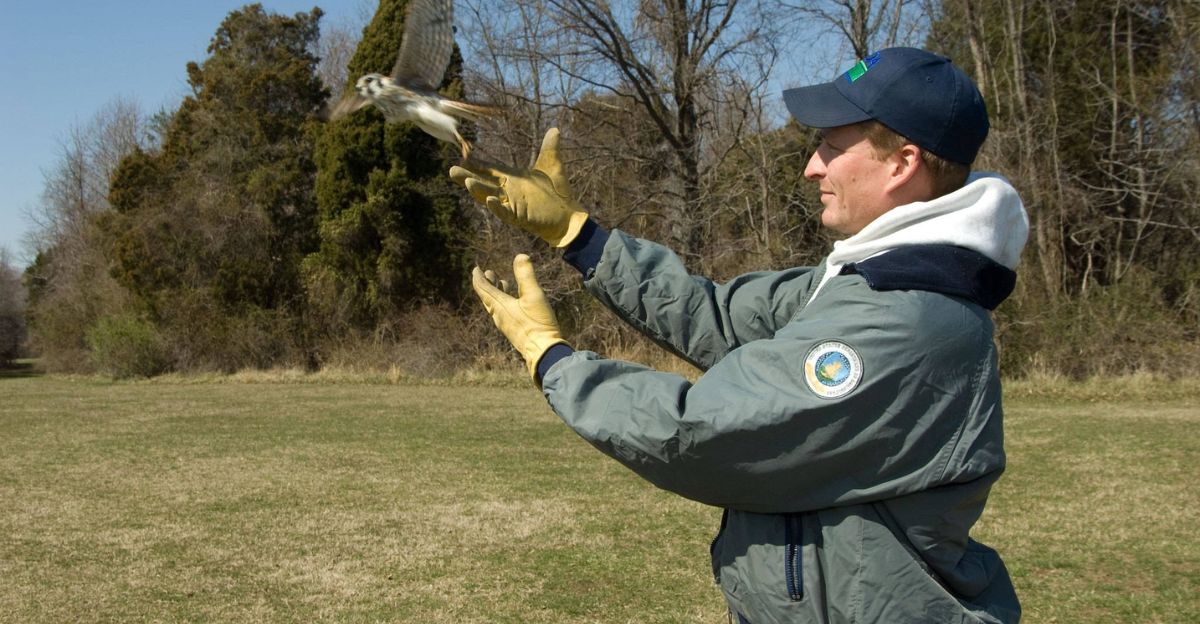
The financial aspects of the Wildlife Services program are a topic of ongoing debate. The agency’s budget has been substantial, with millions of taxpayer dollars allocated annually to fund wildlife control operations. Proponents argue that these expenditures are justified by the need to protect agricultural investments and public health. However, critics question the cost-effectiveness of such programs, pointing out that the economic losses attributed to wildlife predation are often overstated.
Studies have shown that the actual financial impact of wildlife on agriculture is relatively small compared to the costs incurred by the control programs themselves. Additionally, the long-term ecological damage caused by removing predators can lead to greater economic losses in the future. This has led to calls for reevaluating funding priorities and exploring more cost-effective and sustainable alternatives to wildlife management.
Legal and Ethical Implications

The activities of Wildlife Services raise significant legal and ethical questions. While the program operates under federal authority, its practices often conflict with state wildlife protection laws and ethical standards regarding animal welfare. Specific control methods, such as poisoning and trapping, have been challenged in courts and legislatures, leading to temporary bans and calls for reform. Ethically, the indiscriminate killing of animals, including non-target and endangered species, has been criticized by animal rights organizations and conservationists.
These groups argue that the program’s approach is outdated and inhumane, advocating for the adoption of non-lethal methods and a shift towards coexistence strategies. The ongoing legal challenges and public scrutiny highlight the need for a comprehensive review of wildlife management policies and practices to ensure they align with contemporary ethical standards and legal frameworks.
Public Opposition and Advocacy
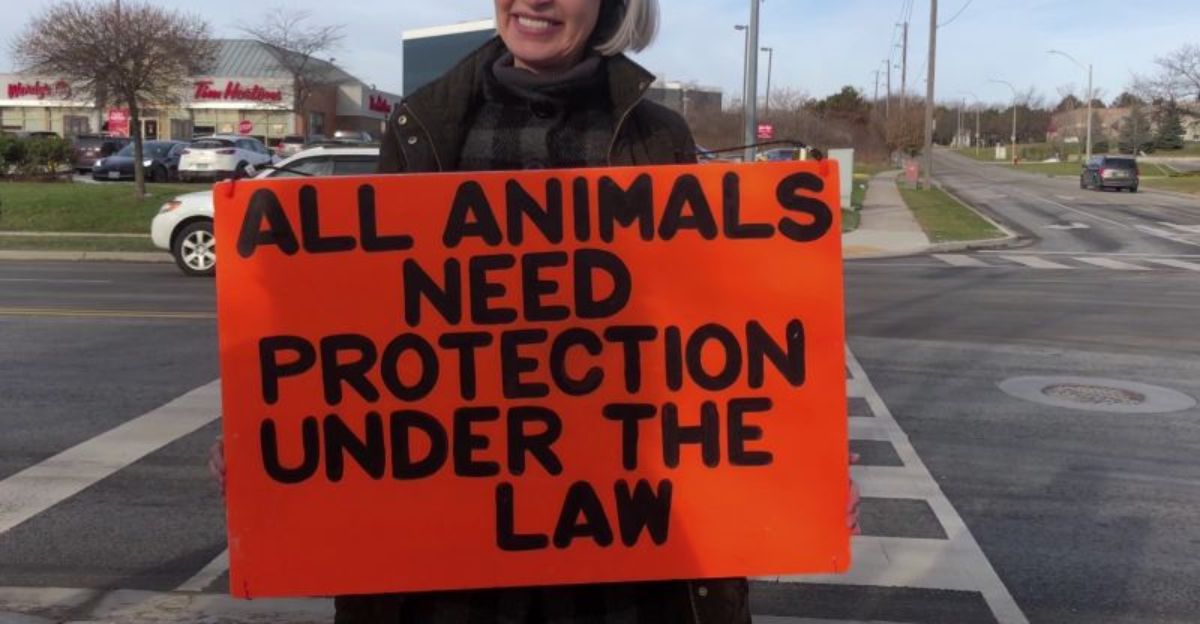
Public opposition to the Wildlife Services program has been growing, with various advocacy groups and individuals calling for its reform or abolition. Organizations such as the Center for Biological Diversity and the Animal Legal Defense Fund have been vocal in their criticism, highlighting the program’s impact on wildlife populations and its ethical concerns. Public protests, petitions, and campaigns have been organized to raise awareness and demand change.
These efforts have increased media coverage and public discourse, forcing policymakers to reconsider the program’s operations. In some cases, local governments and states have acted by implementing their wildlife protection laws or refusing to cooperate with federal wildlife control efforts. The growing public outcry reflects a shift in societal values towards more humane and ecologically responsible approaches to wildlife management.
Non-Lethal Alternatives
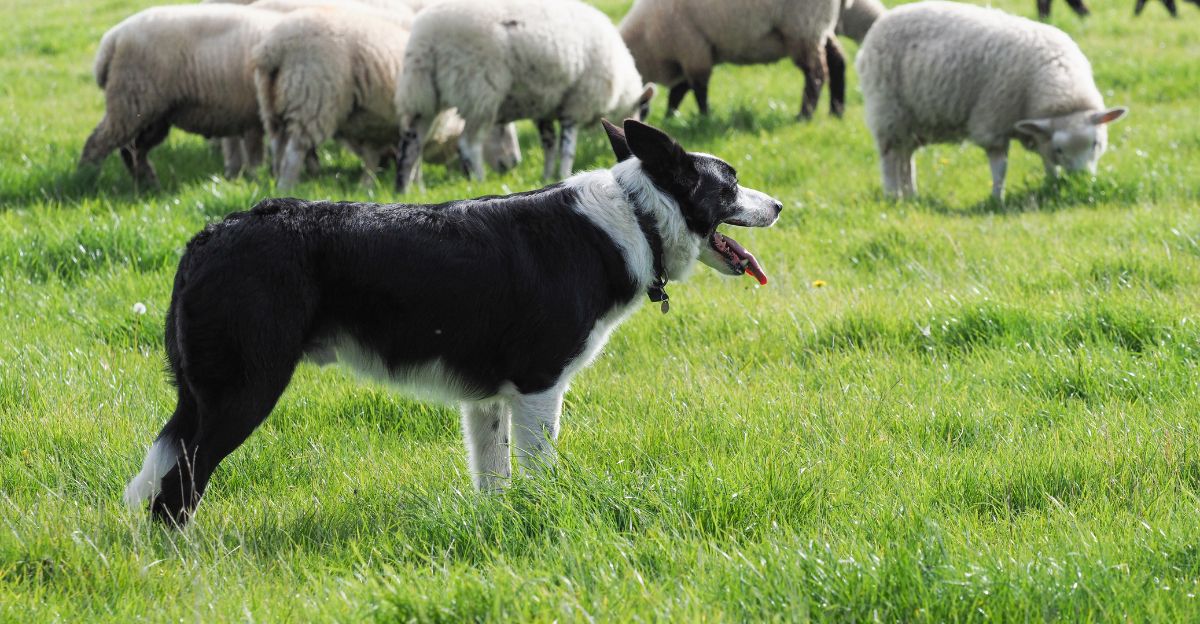
In response to criticism, Wildlife Services has begun to explore and implement non-lethal alternatives to traditional wildlife control methods. These strategies include using guard animals, such as dogs and llamas, to protect livestock; installing electric fencing and fladry (flagging on fences) to deter predators; and using auditory and visual deterrents to discourage wildlife from entering certain areas. Additionally, habitat modification techniques, such as removing attractants and securing waste, can reduce human-wildlife conflicts.
While these methods have shown varying degrees of success, they require investment, planning, and adaptation to specific situations. Advocates for wildlife protection argue that a shift towards these non-lethal approaches is essential for promoting coexistence and preserving biodiversity. However, challenges remain regarding funding, implementation, and overcoming resistance from stakeholders accustomed to traditional methods.
Policy and Legislative Actions
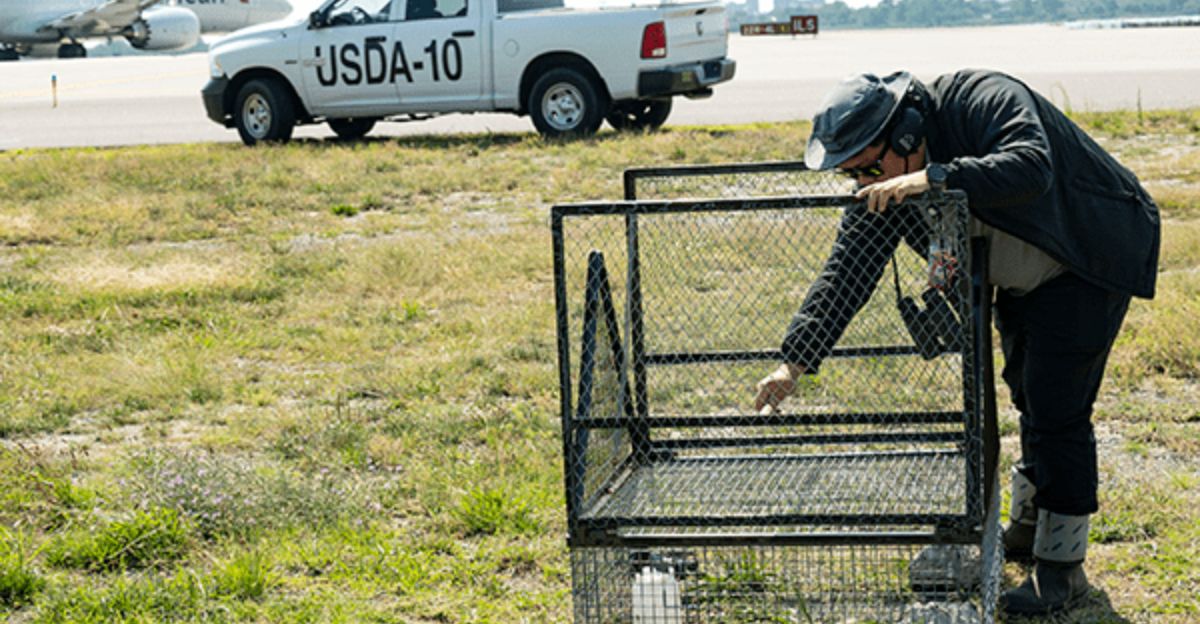
Efforts to reform or eliminate the Wildlife Services program have been pursued through various policy and legislative avenues. At the federal level, bills have been introduced to limit specific lethal methods and increase program transparency and accountability. Some states have enacted laws to protect wildlife, such as banning particular control methods or requiring non-lethal alternatives to be considered first.
Local governments have also taken action by prohibiting certain traps or poisons within their jurisdictions. These legislative actions reflect a growing recognition of the need for more humane and ecologically sound wildlife management practices. However, the success of these efforts varies, and challenges persist in balancing the interests of agriculture, wildlife conservation, and public welfare.
International Perspectives

The approach to wildlife management varies significantly around the world, with some countries adopting more progressive and humane strategies. For example, non-lethal methods such as guard animals, fencing, and habitat management are commonly employed in parts of Europe to prevent conflicts between humans and wildlife. These countries often have strong legal frameworks prioritizing animal welfare and biodiversity conservation.
In contrast, the U.S. has historically relied more heavily on lethal control methods. International wildlife protection organizations have criticized the U.S. approach, calling for reforms aligning with global animal welfare and conservation standards. The differences in practices highlight the potential for the U.S. to learn from international experiences and to adopt more humane and effective wildlife management strategies.
The Path Forward
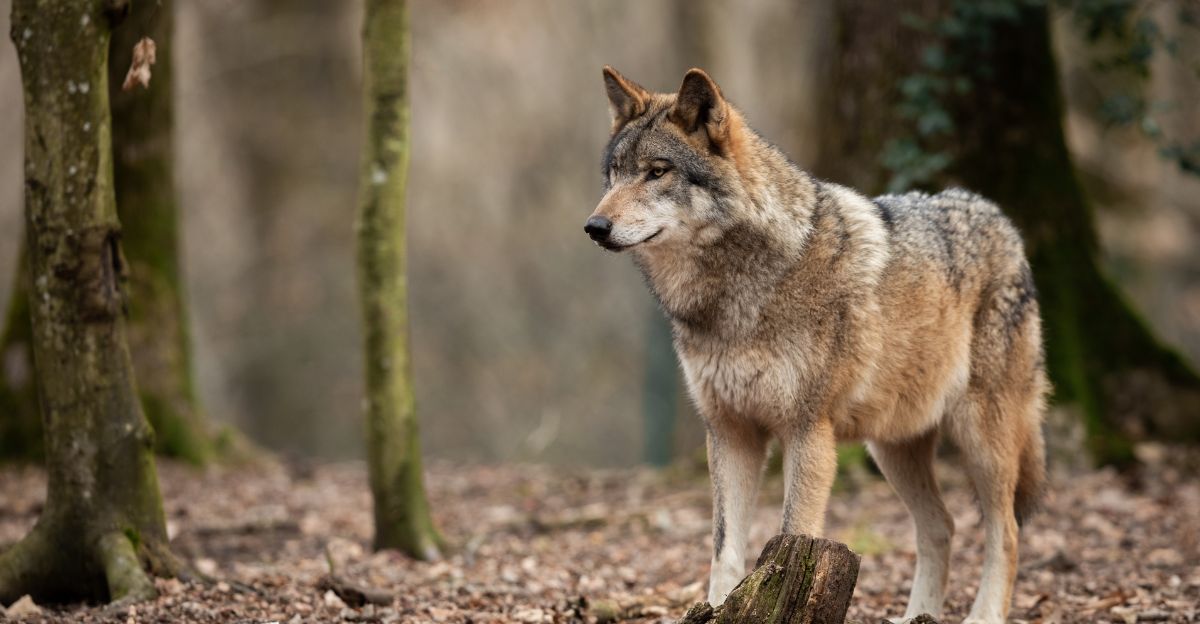
The future of wildlife management in the United States hinges on reevaluating current practices and a commitment to more sustainable and ethical approaches. This includes increasing investment in non-lethal methods, enhancing public education on human-wildlife coexistence, and fostering collaboration between stakeholders such as farmers, conservationists, and policymakers.
Transparency and accountability within programs like Wildlife Services are essential to ensure that actions are in the best interest of wildlife and human communities. Public involvement and advocacy will continue to play a crucial role in driving change and ensuring that wildlife management practices evolve to reflect contemporary values and scientific understanding. By embracing a more balanced and compassionate approach, the U.S. can work towards a future where humans and wildlife coexist harmoniously.
Explore more of our trending stories and hit Follow to keep them coming to your feed!

Don’t miss out on more stories like this! Hit the Follow button at the top of this article to stay updated with the latest news. Share your thoughts in the comments—we’d love to hear from you!







